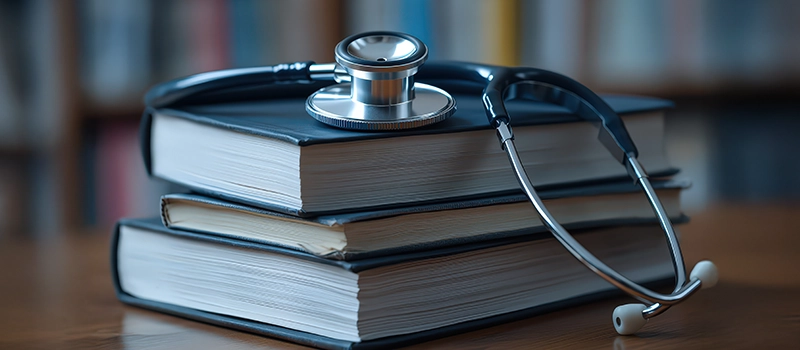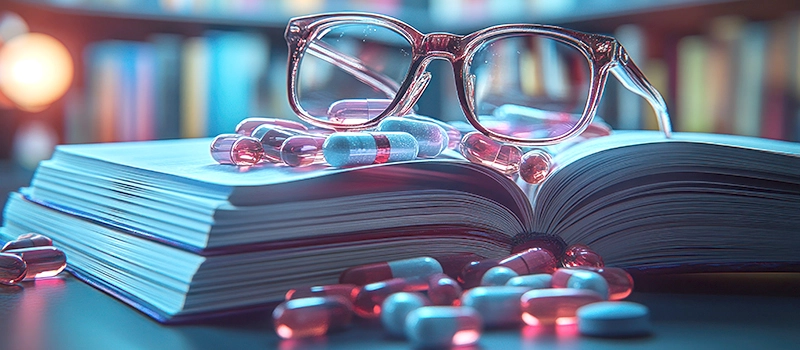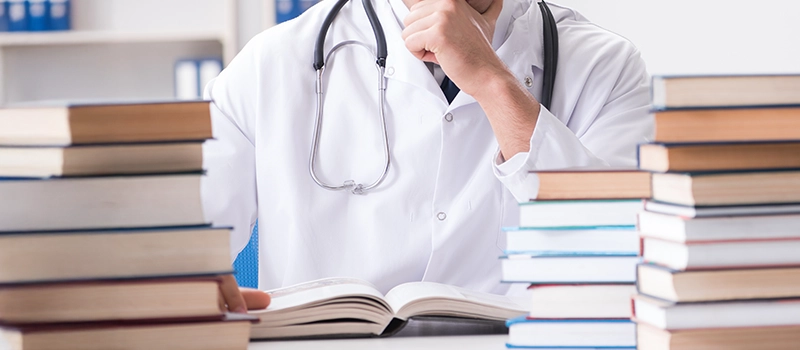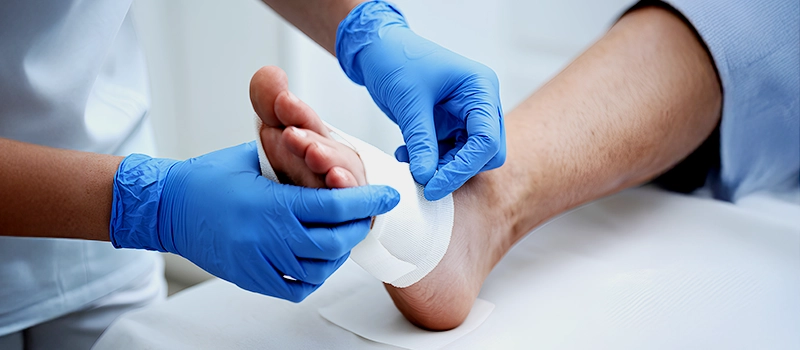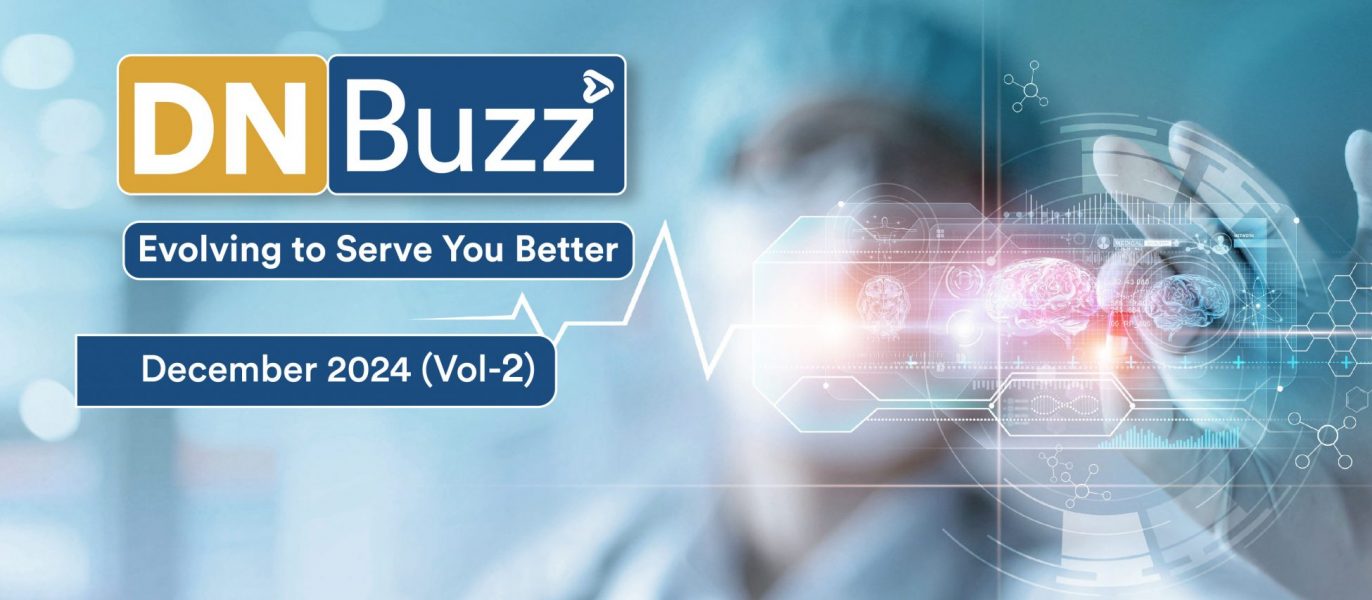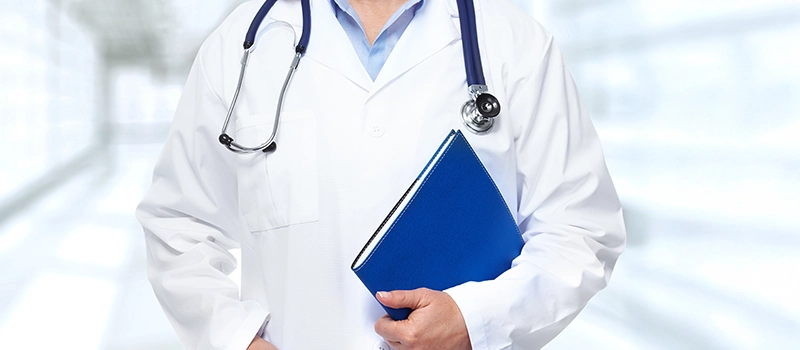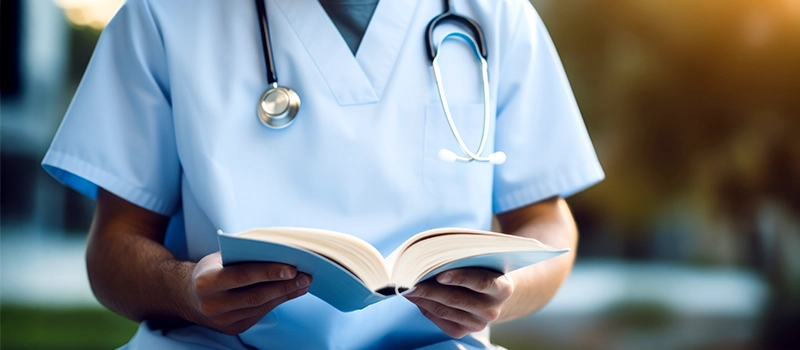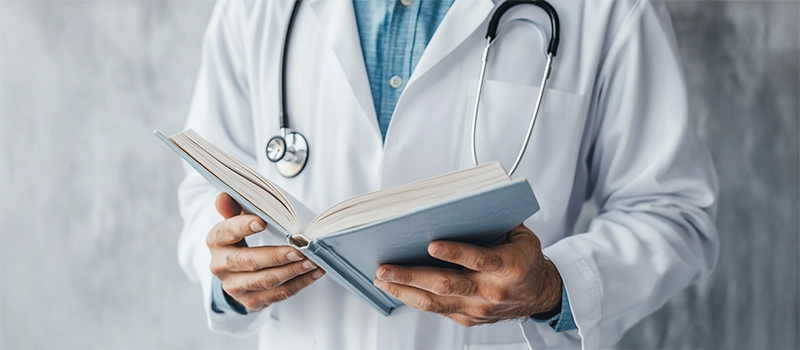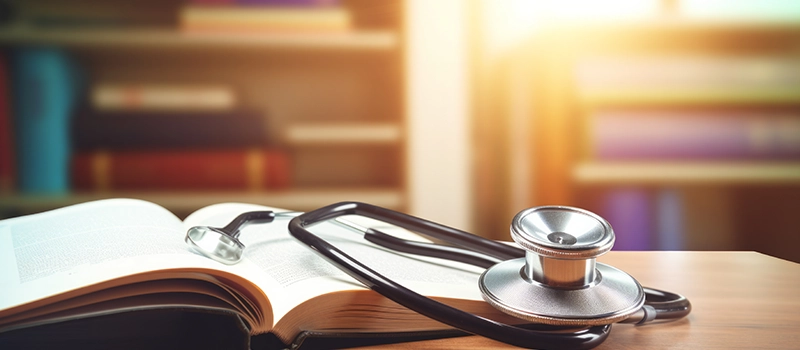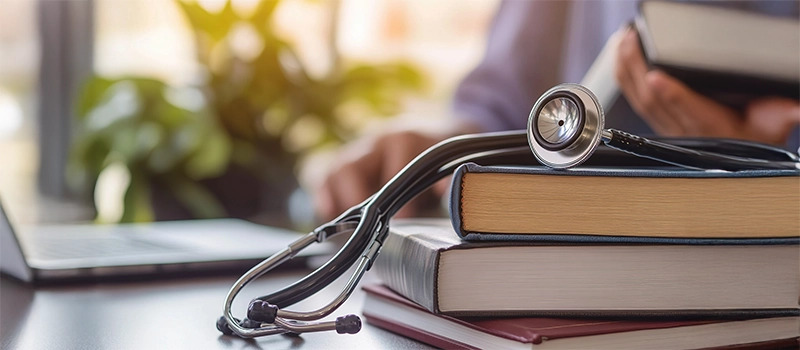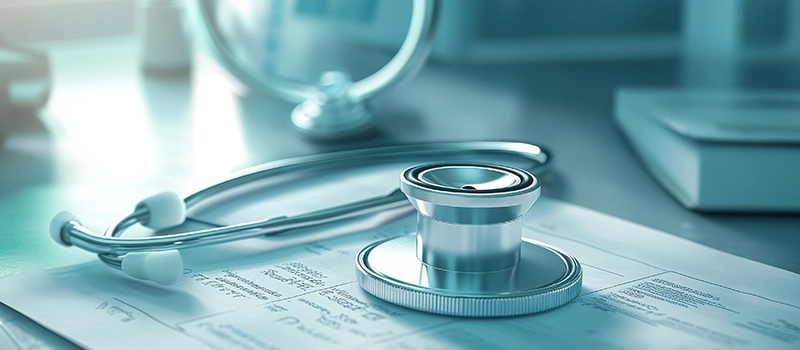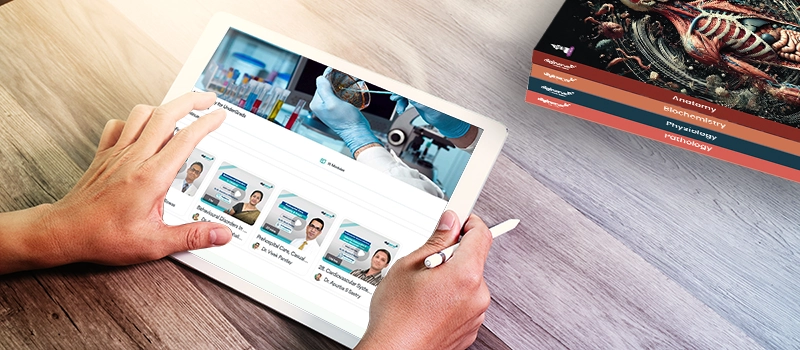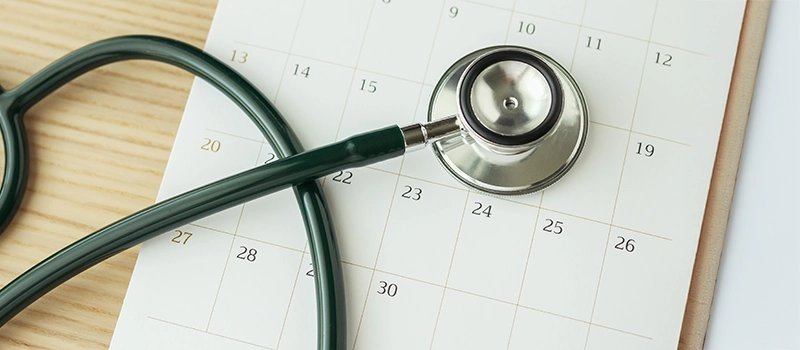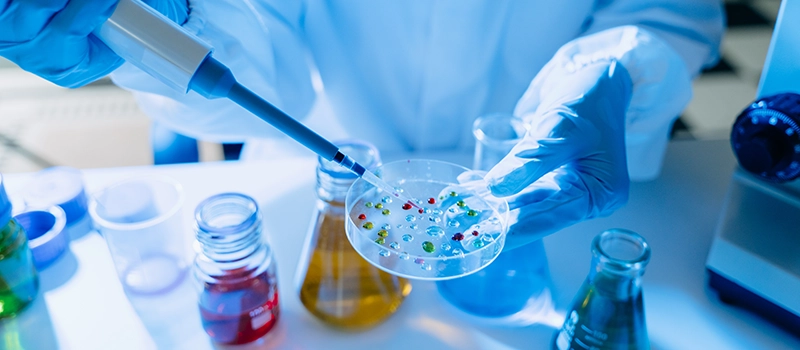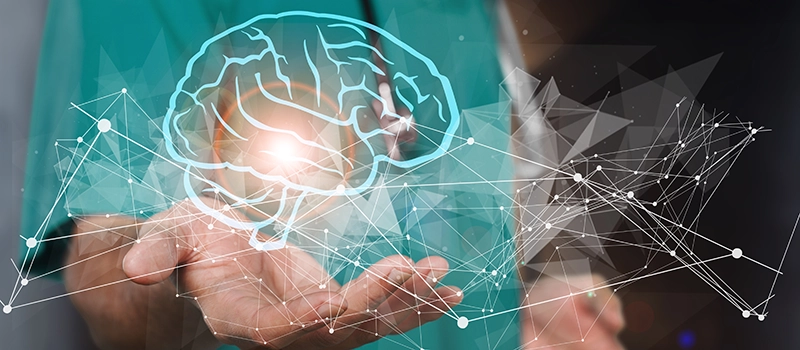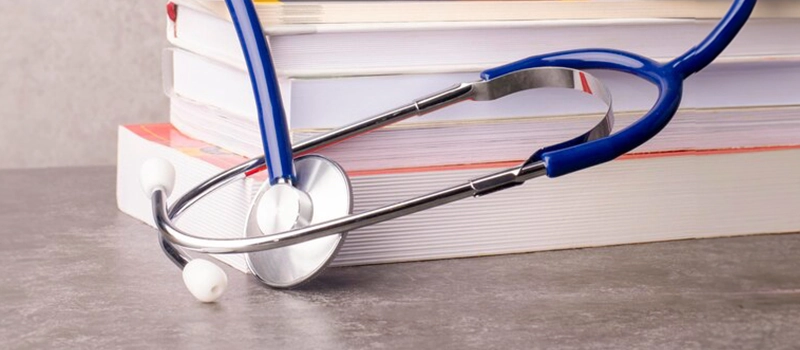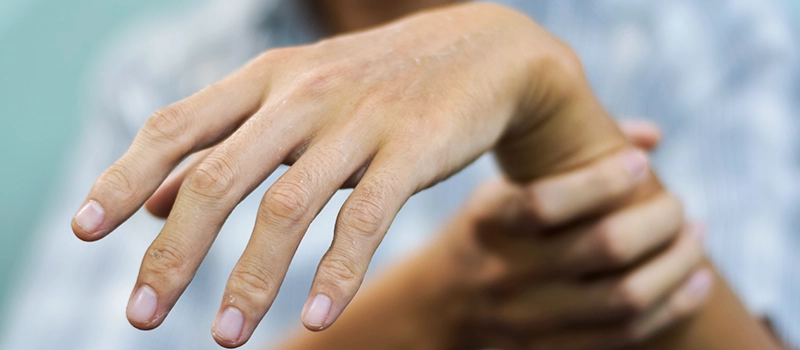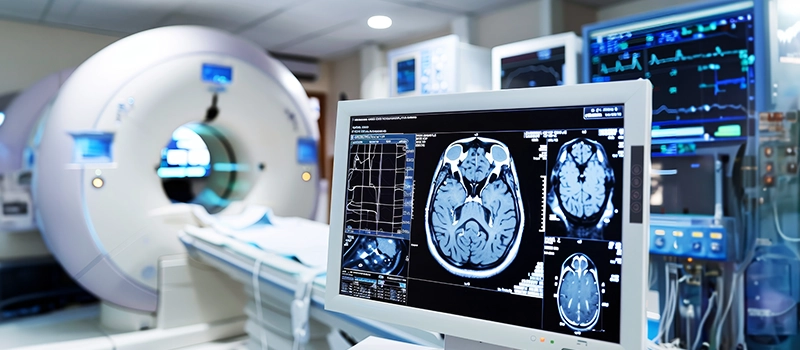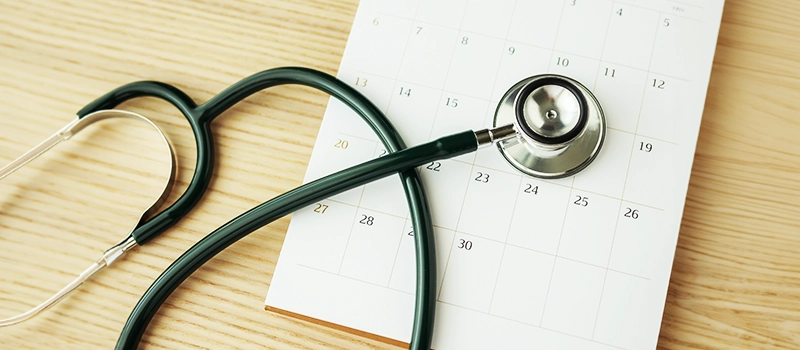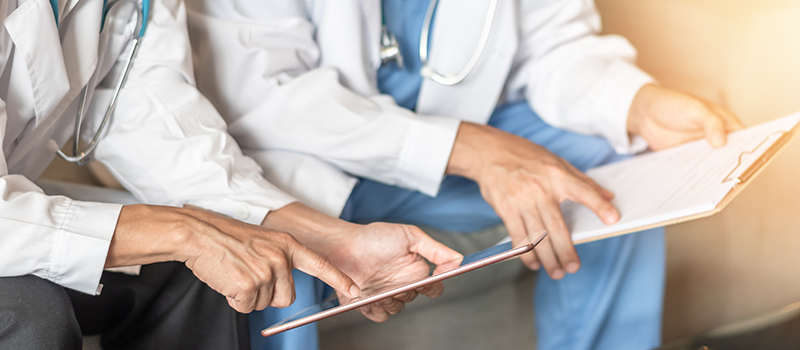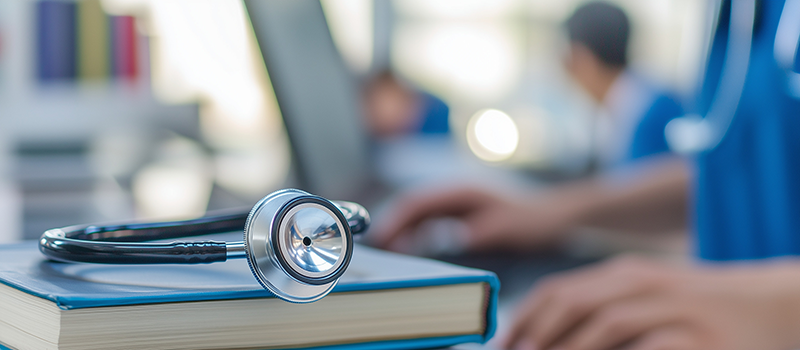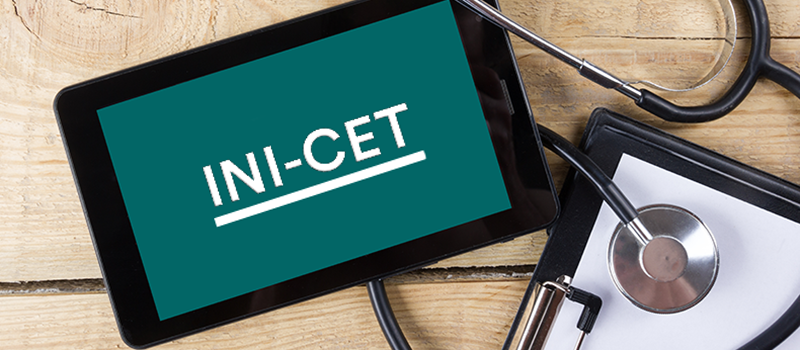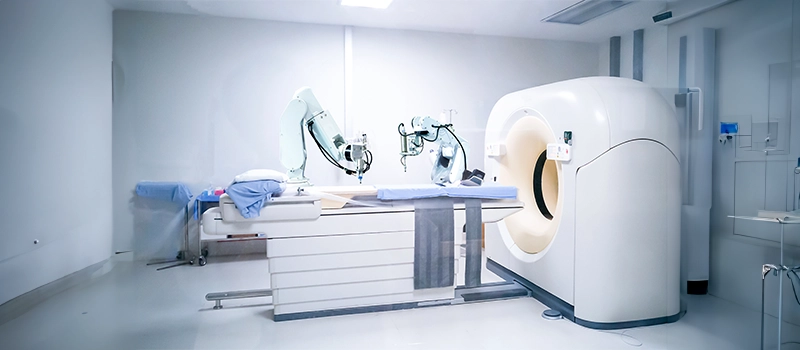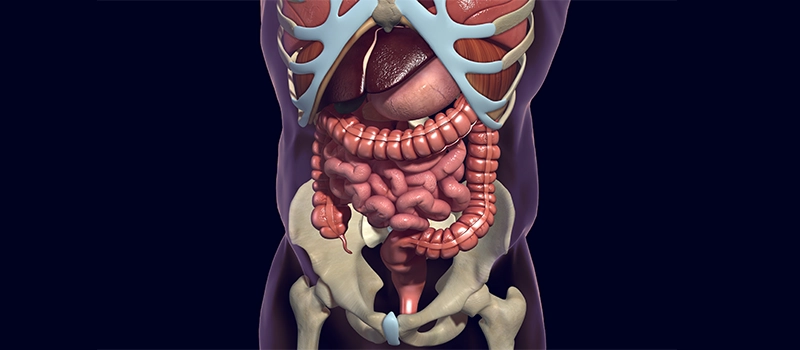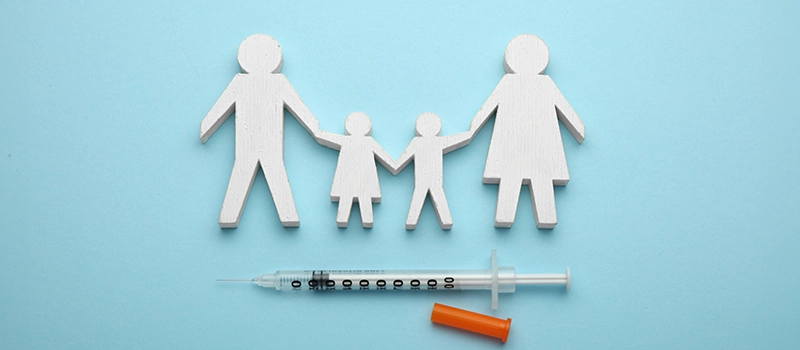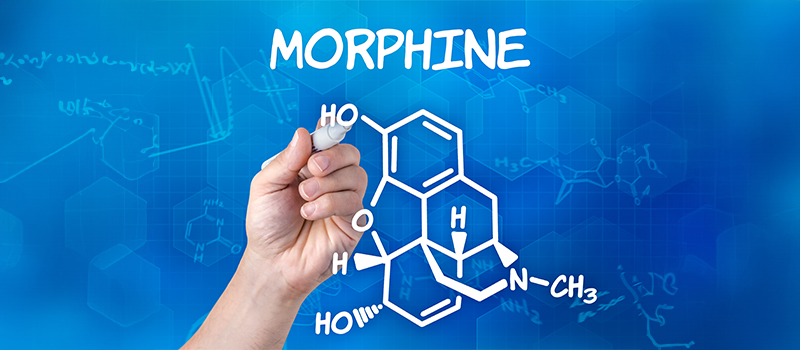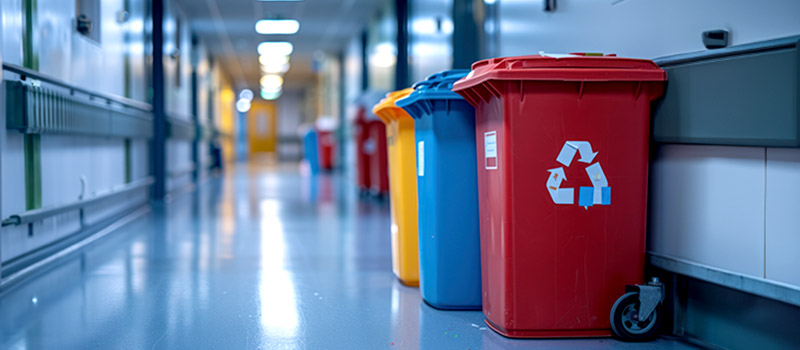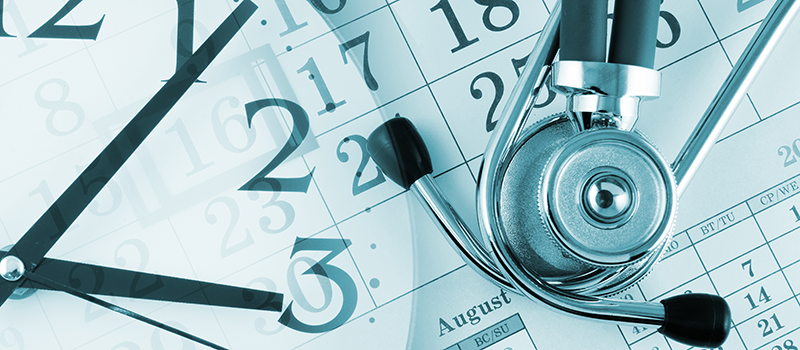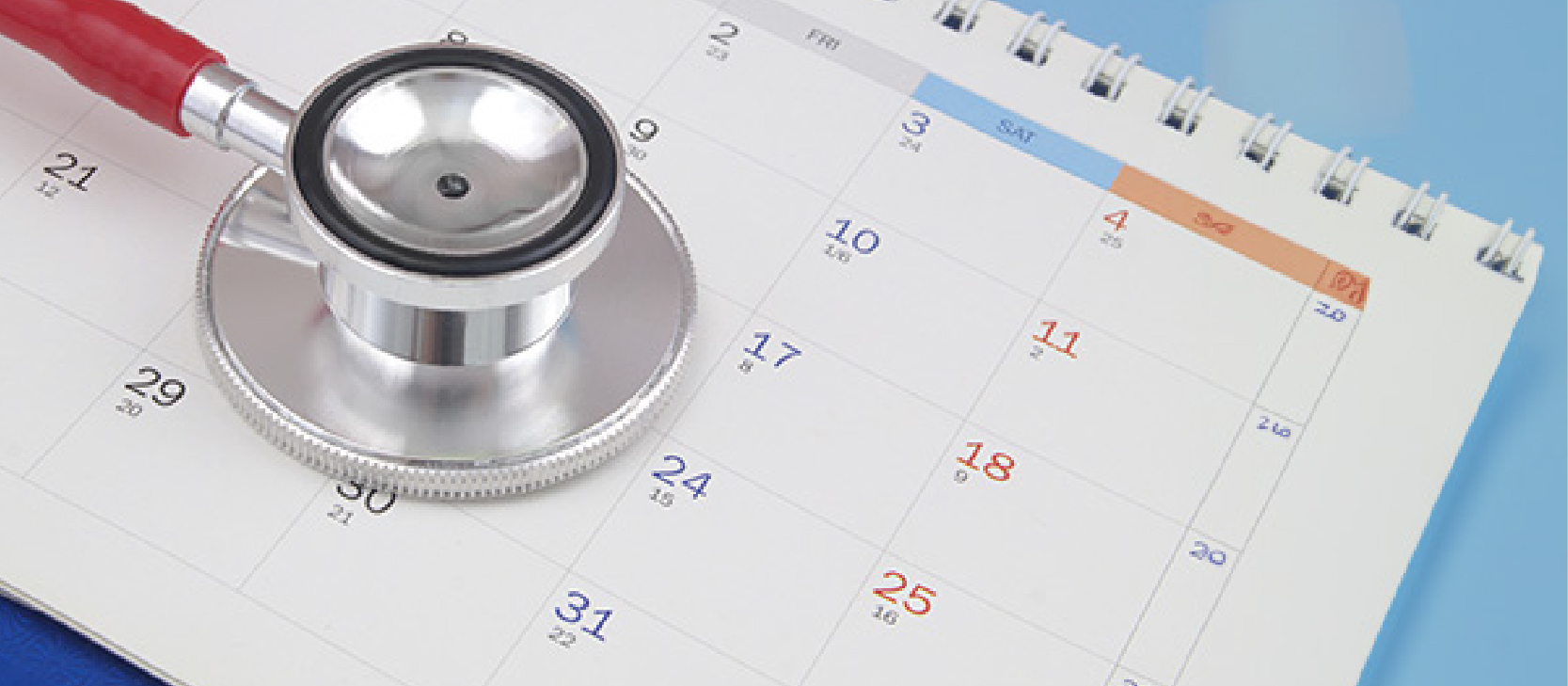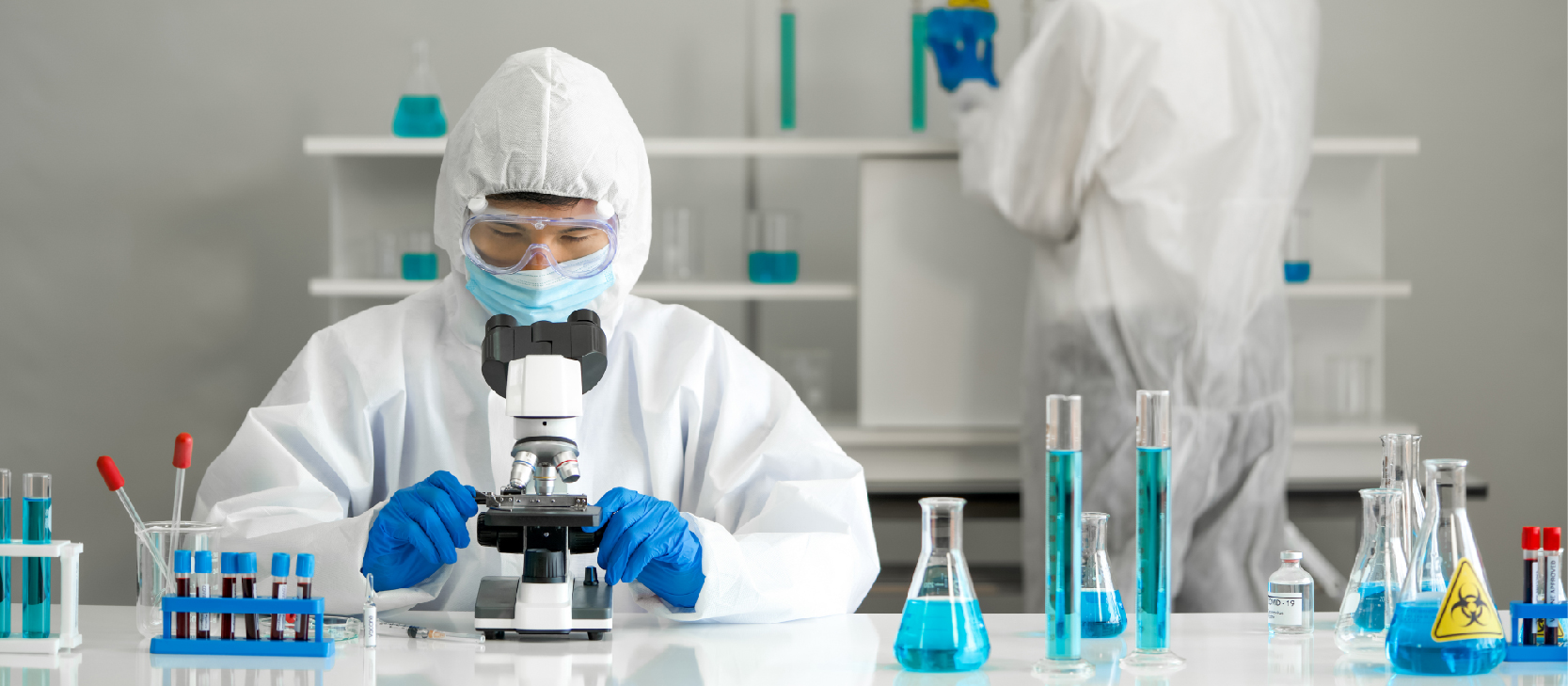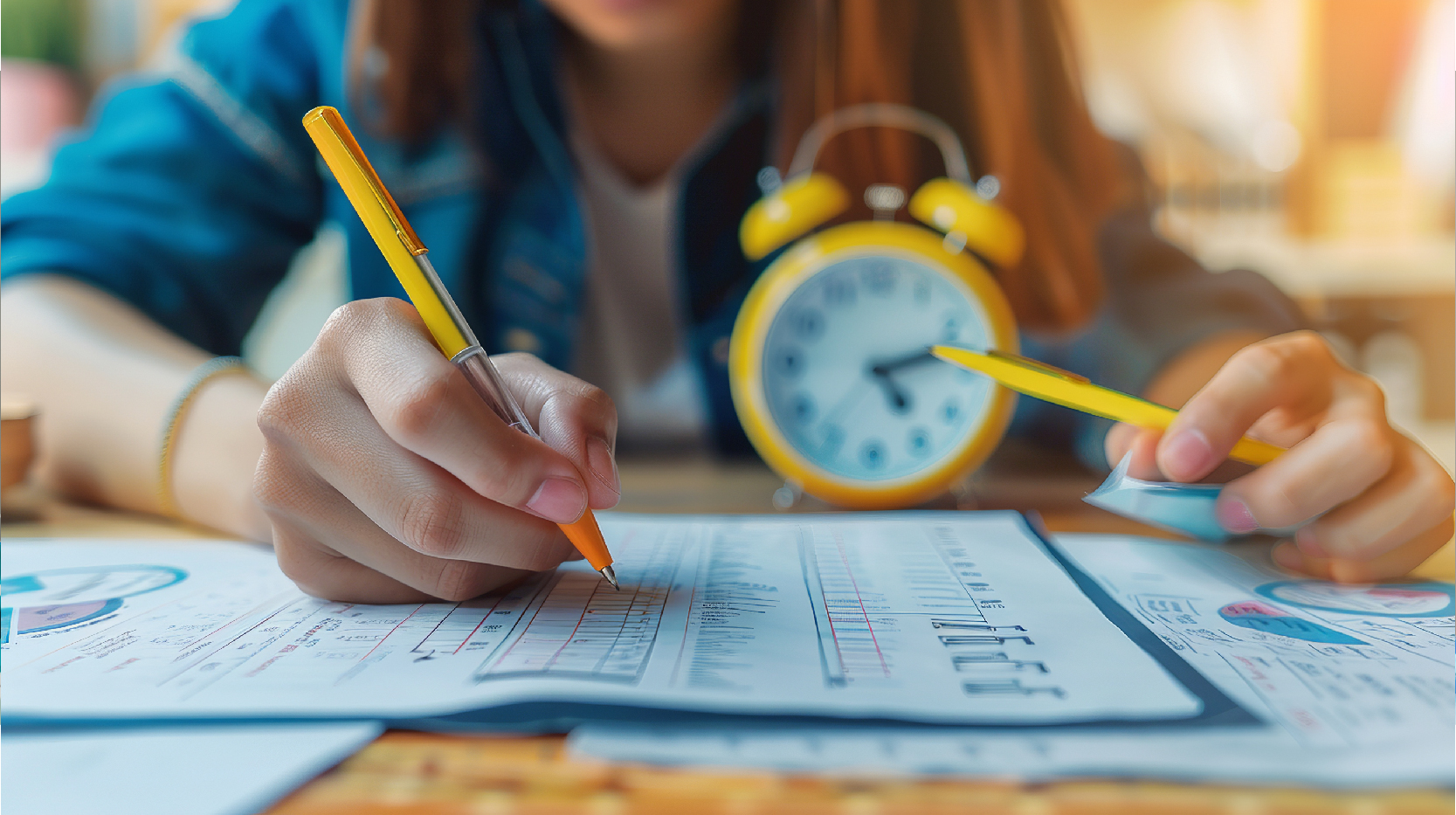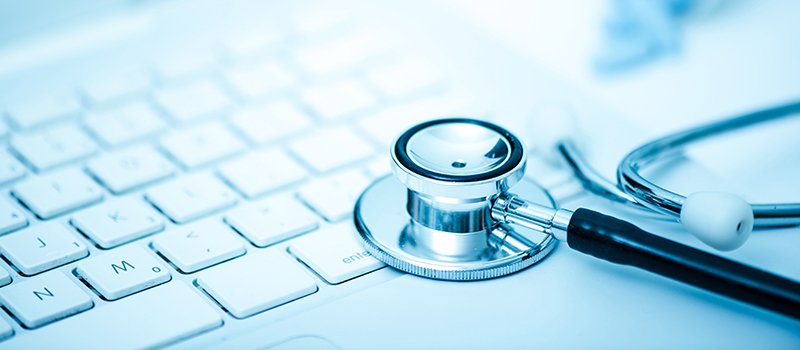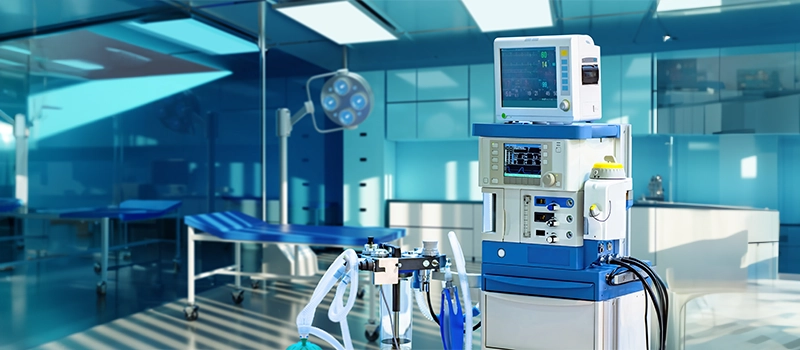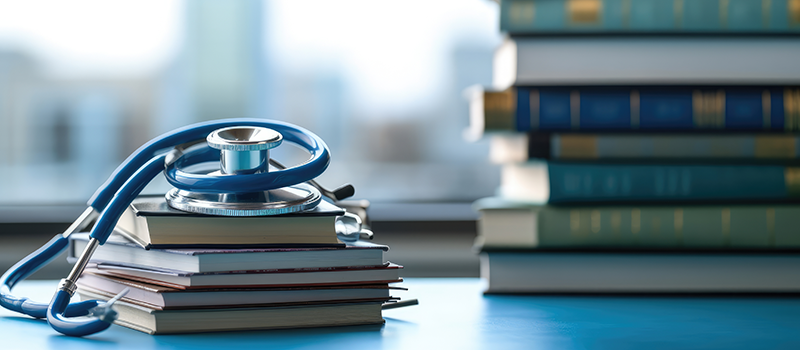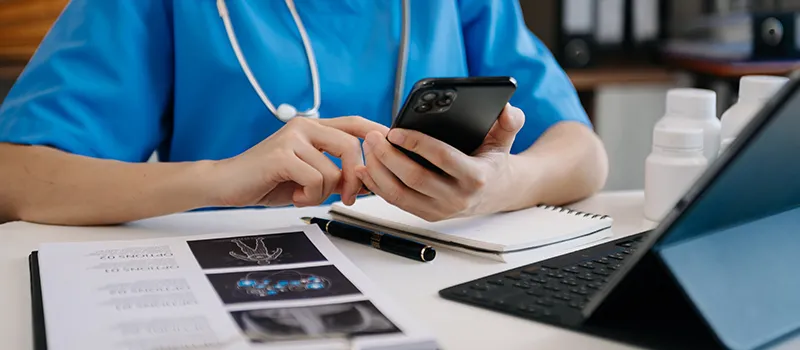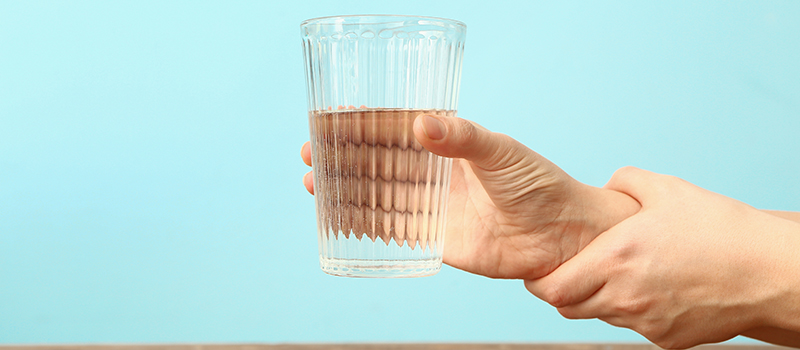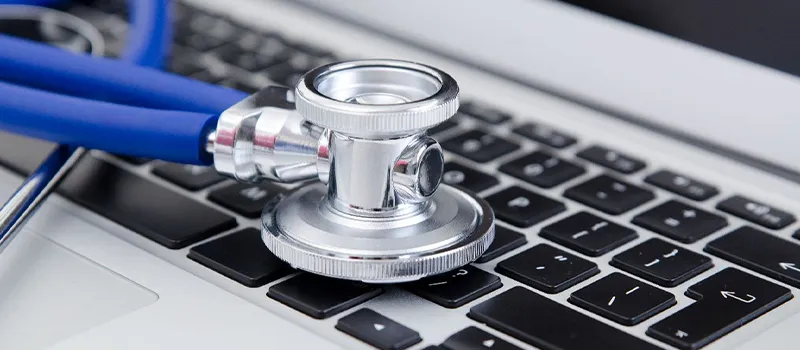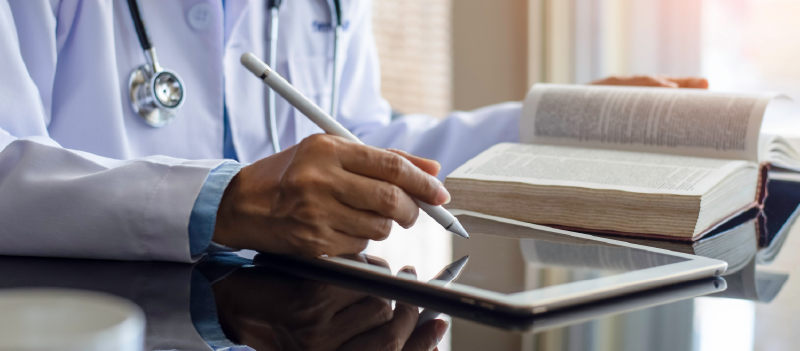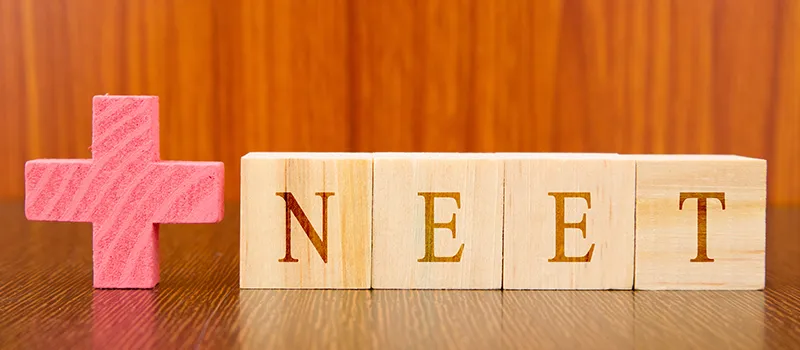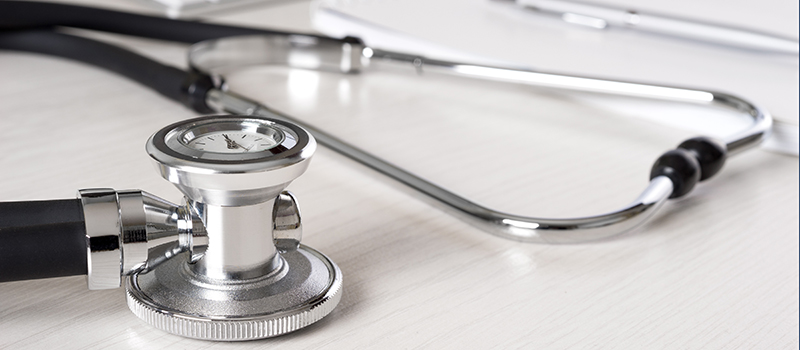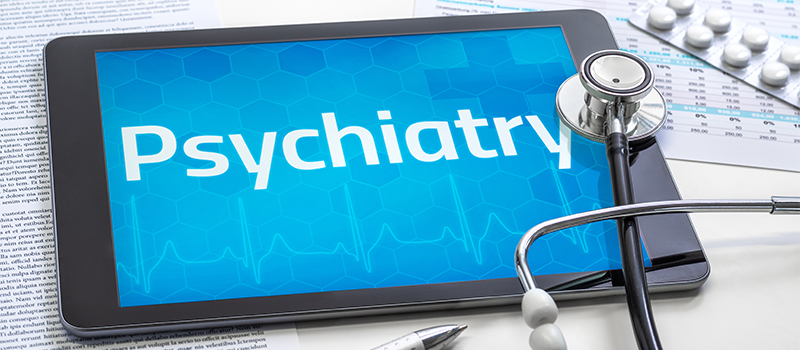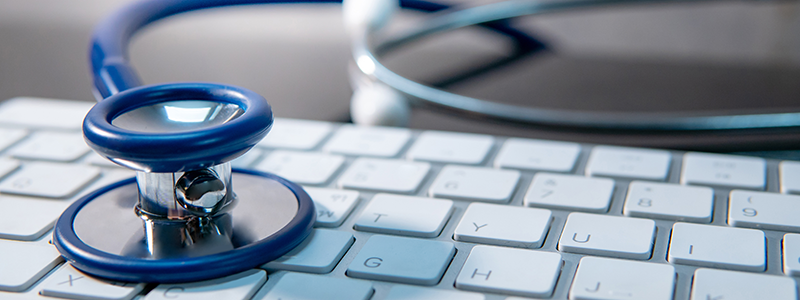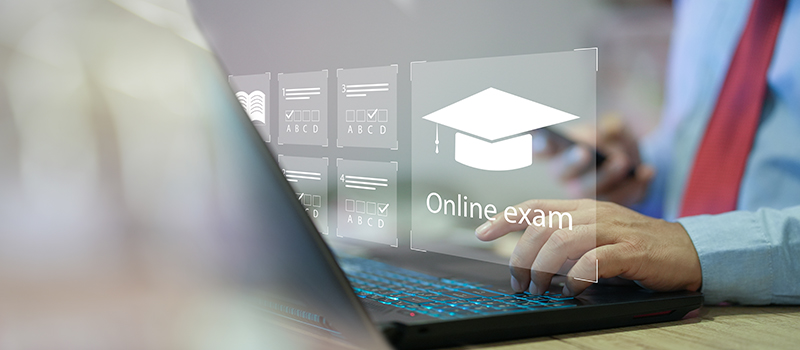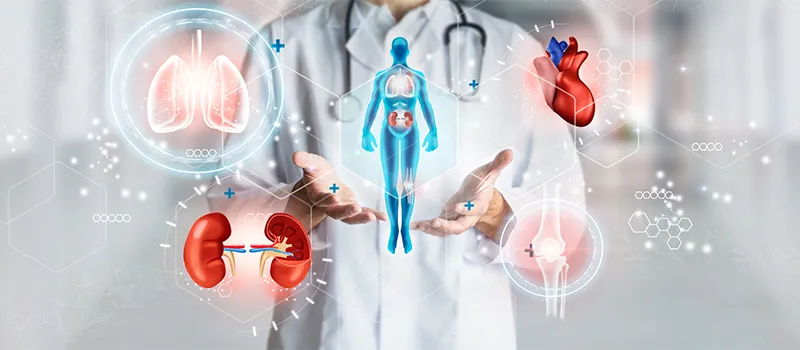
Important Topics for Physiology in MBBS
First-year courses lay the foundation for the path to becoming a doctor. As a result, each medical student should have a firm grasp of these subjects. You must familiarise yourself with the exam pattern and must know topics. The main objective of teaching physiology to undergraduate students is to give them a thorough grasp of the body’s organ systems so they may better comprehend the physiological causes of both health and disease.
MBBS Prof Exam Pattern
The Physiology prof exam comprises two theory papers of 100 marks each and a practical examination of 100 marks. The theory exam consists of short answer questions, long answer questions, and application and case-based questions. The practical examination includes practical/clinical and viva.
Recommended books for Physiology include Textbook of Physiology by A.K. Jain, Principles of Physiology by Debasis Pramanik, Guyton and Hall Textbook of Medical Physiology (Southeast Edition) by John E. Hall, Michael E. Hall, and Crisp Complete Review of Integrated Systems Physiology by S Krishna Kumar.
Subject Weightage in NEET-PG and INI-CET
The Physiology subject in NEET-PG carries a weightage of about 15 questions whereas the INI-CET exam carries a weightage of around 10 questions. The ideal way of preparing for the NEET-PG and other competitive examinations is to plan a preparation strategy that balances between low and high-weightage modules and subjects.
Important and High-yielding Topics of Physiology for MBBS Prof Exams, NEET-PG, and INI-CET Entrance Examination
General Physiology
- Homeostasis
- Biofeedback mechanisms
- Body fluid compartments
- Types of active transport mechanism
Hematology
- Physiological basis of anaemia
- Immunity
- Rh System – inheritance, Rh incompatibility & blood transfusion
- Blood component therapy
Nerve Muscle Physiology
- Classification of nerve fibres
- Myasthenia gravis
- Property of receptor
- Property of synapse
- Functions of basal ganglia
- Power stroke
- Sliding filament theory
- Nernst Equation Calculation
- Muscle contraction mechanism
- Motor Units
- Sleep
- EEG Patterns
- RCF Period
- Golgi Tendon organs
- Sarcomere
- DC Recoupling
Respiratory Physiology
- Role of Surfactant
- Role of Haemoglobin
- Hypoxia
- Lung volumes & capacities
- V/Q ratio
- Respiratory center
- Decompression sickness symptoms
- Effects of lesions
- Pulmonary Function
- Stewart-Hamilton Law
- Exercise Physiology
Cardiovascular Physiology
- Generation & conduction of cardiac impulse
- Cardiac cycle
- Ionic basis of cardiac AP
- Cardiac output
- Pressure & volume changes during cardiac cycle
- PV loop
- Hagen-Poiseuille’s law
- Reflexes: Brain Bridge
- Anaemia
Renal Physiology
- Role of kidney in acid – base balance
- Clearance
- GFR
- Micturition denervation
- Tubular functions & counter-current
- Micturition and bladder types
- Juxtaglomerular apparatus
- Glucose and water reabsorption
- ADF, CSF Flow
Alimentary System
- Pancreatic function tests
- Composition of juices
- GI Hormones
- GI motility (MMC, BER)
- H2 receptor blocker- pantoprazole
- ORS composition
- Secretion of HCl in stomach
Endocrine System
- Parathyroid hormone
- Pancreatic hormones
- Physiology of aging
- Pituitary (GH) hormones
- Thyroid
- Insulin
Reproductive Physiology
- Menstrual Cycle
- Menopause
- Physiology of parturition& lactation
- Oral contraceptives in females
- Action of testosterone in different periods of male life
- Contraception in females
- Indicators of ovulation
Special Senses
- Visual pathway
- Eye movement
- Visual accommodation
- Phototransduction
- Function of limbic system
Central Nervous System
- Neurotransmitters
- Shock
- Types of Tactile receptor and adaptation phenomenon
- Hypothalamus and its functions
- Types of memory
- Ascending tracts
- Brief functions of cerebellum and Cerebellar disorder
Miscellaneous Topics
- Cardio-respiratory changes in exercise
- Effects of ‘g’
- High and low barometric pressures
- Clinical features of Parkinson disease
- Role of hypothalamus in thermal regulation
- Gate control theory of pain
- Atherosclerosis in hypothyroidism
- Muscle weakness in case of hypokalaemia
- Diabetes
- Cushing syndrome
- Referred pain
- LH surge
- Decereberate rigidity
- Addison’s disease
- Abnormal planter reflex
- Amenorrhea
- Graves’ disease
- Conn’s syndrome
- Impedance matching
- Declarative memory
- Acromegaly
- Mechanism of colour perception
- Posture and its regulation
- Heat intolerance in hyperthyroidism
- Weber’s test
- Pathways in perception of pain
- Length-tension relationship
- Role of placenta as endocrine organ
Other Important topics for MBBS Prof Exam
Normal Value of:
- Residual volume
- Platelet count
- Serum calcium
- Serum creatinine
- Range of cardiac axis
- Total lung capacity in adult man
- Ejection fraction
- Conjugated serum bilirubin
- Cardiac index
- Capillary pressure at arteriolar end
- Compliance of lung and chest wall
- Diffusion capacity of O2 at rest
- Pancreatic juice secretion per day
- Urinary protein secretion
- Plasma albumin concentration
- Stroke volume
Define:
- GFR
- Respiratory Alkalosis
- Ejection fraction
- Prothrombin time
- Landsteiner law
- Free water clearance
- Apoptosis
- Homeostasis
- Clearance of a substance
- Cyanosis
- Diffusion capacity of lungs
- All or none law
- Bohr’s effect
- Cardiac index
- Gibbs donnan effect
- Filtration fraction
- Humoral immunity
- Purpura
- Conditioned reflex
- Amenorrhea
- Denervation hypersensitivity
- Apoptosis
- Visual acuity
- Spermiogenesis
- Rigor mortis
- Adaptation
- Infertility
- Doctrine of specific nerve energies
- Resting length
- Spatial summation
- Masking of sound
Difference:
- Acquired and innate immunity
- Juxta medullary nephron and cortical nephrons
- Pacemaker and ventricular action potential
- Exocytosis and endocytosis
- Haemoglobin and myoglobin
- T and B lymphocytes
- Facilitated diffusion and Secondary active transport
- Liver bile and gall bladder bile
- Pre hepatic and post hepatic jaundice
- Peripheral and central chemoreceptor
- Cellular and humoral immunity
- Primary and secondary active transport
- Cardiogenic and hypovolemic shock
- Respiratory alkalosis vs metabolic alkalosis
- Distributive and hypovolemic shock
- Hypoxic and anaemic hypoxia
- Pulmonary and systemic circulation
- Water and osmotic diuresis
- Macrocytic and microcytic anaemia
- Antiport and symport
- ECF AND ICF
- Hypovolemic and anaphylactic shock
- Pacemaker and cardiac AP
- Photopic and scotopic vision IMP
- Presynaptic and post synaptic inhibition IMP
- Autonomic and sensory nervous system
- Conductive deafness and sensory neural deafness
- Action potential and EPSP
- Single unit and multi-unit smooth muscles
- Somatic and visceral pain
- AP in skeletal and cardiac muscle
- Mechanism of action of IUCD and oral contraceptives
- Sensorineural and conductive deafness
- Cerebellar and sensory ataxia
- Diabetes mellitus and Diabetes insipidus
Short Note:
- Gall stones
- Role of chemoreceptor in regulation of respiration
- Functional residual capacity
- Migrating motor complex
- Vesicular transport
- Non respiratory function of lungs
- Na reabsorption in pct
- Respiratory changes during exercise
- Timed vital capacity
- Gap junctions
- Neural regulation of respiration
- Cardiac output regulation
- Erythropoietin
- Chemical control of respiration
- Regulation of heart rate
- Decompression sickness
- Artificial kidney
- Compliance of respiratory system
- Tissue fluid formation
- Water absorption in renal tubule
- Central chemoreceptor
- Timed vital capacity- clinical significance
- Fibrinolytic system
- Megacolon
- Functions of liver
- Defecation reflex
Labeled diagram/flow chart /tables:
- Mechanism of glomerulotubular balance and tubuloglomerular
- Cystometrogram in normal human
- ECG lead in a VR
- Chloride shift
- Different phases of cardiac cycle
- Immunoglobin
- JGA
- Control of Gastric acid secretion
- Intrapleural and intrapulmonary pressure changes during normal breathing
- Neurons of respiratory centre in brainstem-
- Na-K pump
- Glucose absorption curve SPLAY
- Hb-O2 curve
- Flow-volume loop & forced expiratory curve
- Oxygen transport and 02 dissociation curve
Frequently Asked Questions (FAQs)
Q1. What are the major topics of Physiology in MBBS?
Ans. The important topics of Physiology include Shock, Power stroke, Sliding filament theory, Nernst Equation Calculation, Menstrual Cycle, Lung capacities and lung ratio, reflexes, visual pathway, HbO2 curve, cardiac output, phases of cardiac cycle, JGA, functions of cerebellum, Clearance, Exercise Physiology, and more.
Q2. Is Physiology a subject important for NEET PG?
Ans. Yes, every MBBS subject holds its significance in the NEET-PG exam. The Physiology subject in NEET-PG carries a weightage of about 15-17 questions.
Q3. Which are the recommended books of Physiology for MBBS students?
Ans. The recommended books of Physiology for MBBS students include Textbook of Physiology by A.K. Jain, Principles of Physiology by Debasis Pramanik, Guyton and Hall Textbook of Medical Physiology (Southeast Edition) by John E. Hall, Michael E. Hall, and Crisp Complete Review of Integrated Systems Physiology by S Krishna Kumar.
Related post
